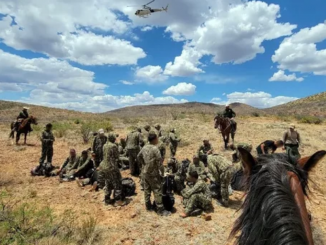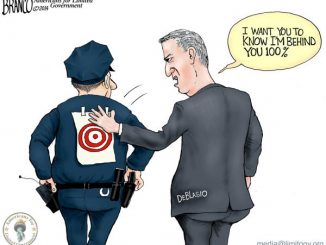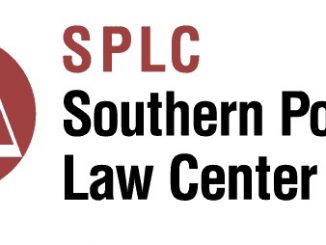
CHARLESTON, W.Va. — Any West Virginia resident between 16 and 35 years old who has had the COVID vaccine and those who will take it will receive a $100 savings bond.
Gov. Jim Justice made the announcement Monday during his pandemic briefing, saying it is a way to increase the lagging number of residents taking the vaccine as well to target an age range that is seeing more virus spread.
If enough residents in that age range get vaccinated, with about 275,000 of the 380,000 in that group needed, West Virginia can hit the 70 percent mark, he said.
Justice said about 52 percent, or 767,000, of the eligible population has now had at least one dose, and the 275,000 would bring that number to 1,042,000, or about 71 percent of the 1,475,000 eligible for the vaccine.
“All health experts have said over and over if we can get to 70 percent we will shut this thing down,” he said, adding that it will also mean an end to the mask mandate.
“If you step up in masses,” he said of the 16 to 35 population, “we will be done and the first state that gets there (70 percent vaccinated).”
Justice said money for the savings bond program will come from the CARES (Coronavirus Aid, Relief and Economic Security) federal stimulus funding, with $27.5 million needed if that goal is reached.
But he said the “gigantic price tag” is “minuscule” compared to money already spent on the pandemic and the money that will be spent if it is not beaten and more and more people get sick and die.
“We have to shut this thing down … stop it dead in its tracks,” he said, and the vaccine is the way to do it.
Giving the savings bonds using federal money has been “vetted,” he added.
Justice also announced that COVID-19 vaccinations will be made available to anyone age 16 or older attending the West Virginia girls and boys state basketball tournaments at the Charleston Coliseum & Convention Center.
“Anyone can be vaccinated at the tournament, but if you’re 16 to 35 years old and you get your shot, we’ll take your information and we’ll be mailing you your savings bond very promptly,” he said.
Another initiative to reach the 70 percent mark is to bring the vaccine to the people, from setting up clinics in churches, schools or wherever they can be located, and also using mobile vaccine clinics.
Social media will also be used to target youth with a marketing campaign.
“Maybe we will have to go door to door,” he said.”We need to kick start this and kick start this in a big way.”
“There is plenty of data our there if you are younger and get this and not get sick you can end up with some level of side effects going forward in your life that can haunt you,” he said. “The downside of the vaccine is next to nothing.”
“We are at a critical point in this pandemic response,” said Dr. Clay Marsh, state COVID-19 Czar. “The key for us is to have more people step up to choose to be vaccinated to reduce the spread of COVID and COVID variants.”
The variants are causing other states and countries “a lot of problems,” he added.
West Virginia had been going strong on getting doses into arms, at one point leading the nation. But in the last few weeks the supply of the vaccine has exceeded the demand as numbers lag and the state is struggling to get very far above the 50 percent vaccination mark.
Retired Maj. Gen. James Hoyer, director of the state Joint InterAgency Vaccine Task Force, said last week a “wall” had been hit because of the hesitancy many residents have of getting the vaccine.
Hoyer said as part of the new initiative to get shots in arms more primary care providers will be involved.
A partnership with the state SSAC (Secondary Schools Activities Commission) is also under way, now focusing on spring and fall sports athletes.
“Now is the time to get the vaccine,” he said of high school students participating in extra curricular activities.
Hoyer also said one-dose Johnson & Johnson vaccines are in use again, but plenty of Pfizer and Moderna remain available if a resident prefers the two-shot vaccines.
Dr. Ayne Amjad, state Health Officer, said during the briefing that 162 deaths that were initially classified as COVID-related were not.
It’s a matter of double checking death certificates, she said, reviewing data to make sure the cases were properly classified.
“We will be moving the number in our dashboard,” she said. “The reporting system is real time information for public action,” but there is a lag time before the death certificates arrive and data reviewed.
An adjustment had to be made a few weeks ago when more than 180 COVID-related deaths had not been recorded properly and they had to be added to the total. They were caught during the death certificate data review process and involved hospitals and nursing homes in 30 counties unintentionally not filing a death report.
*story by The Cumberland Times-News


